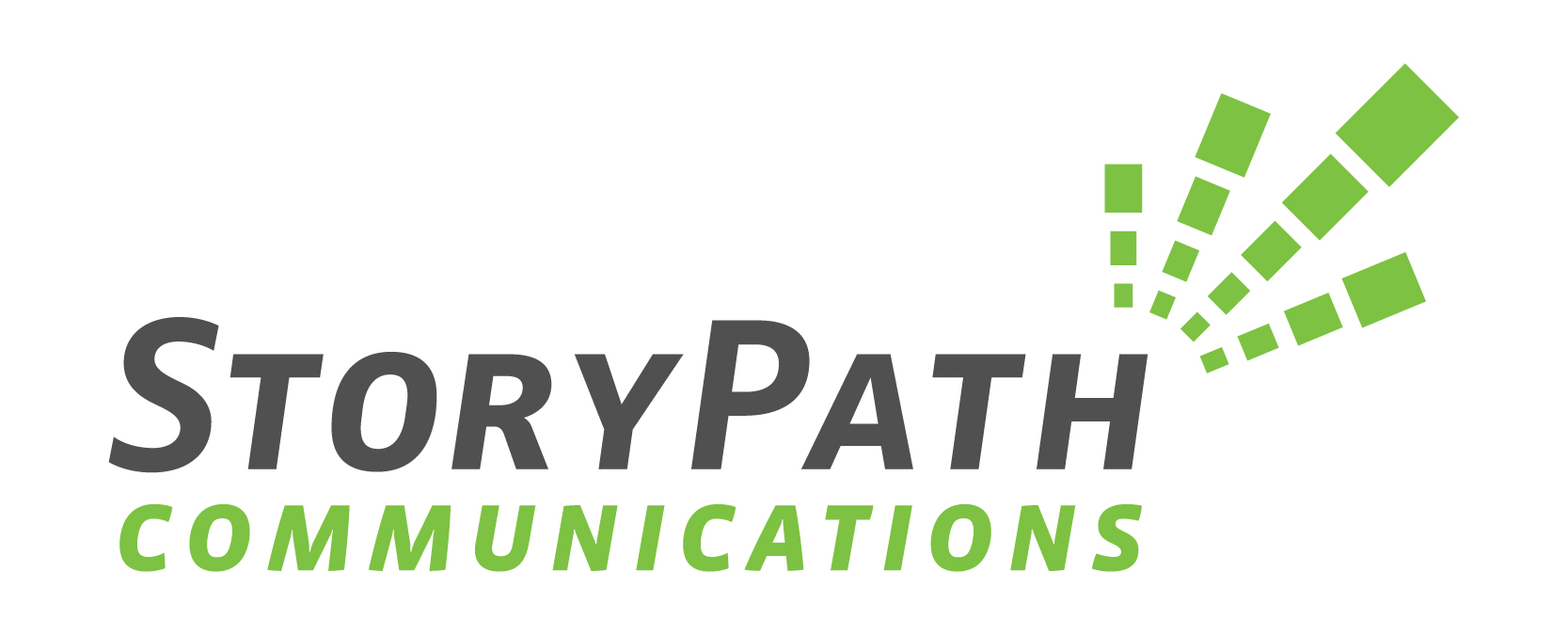Some sales and marketing people can talk all day about key features, return on investment, and why their product or service is the best option on the market. But have you ever met a salesperson who told you a story instead? They tell you about a business similar to yours, the challenges they were facing, and how that product/service resolved those challenges. Or, in the case of a nonprofit, they tell you about a specific person and how their organization made an impact on that person’s life, whether it was providing them a safe space to sleep, connecting them with critical medical resources, or feeding them when they were hungry.
Stories are often used in marketing and advertising because they stick with people. You can remember a great story much better than you can remember a list of key product features. Why? Because stories connect on a deeper level. Because people can see themselves in a story.
But how do you go about identifying stories to use in your marketing and communications efforts? For some service-focused organizations, stories may be obvious, but other organizations might need to dig a little deeper for story ideas. Here are a few ideas to start identify stories for your organization.
- Brainstorm with your staff, customers, and volunteers. Spend some time talking as a group with the people who are in direct contact with your customers or the people you serve. Who sticks out in their minds? What details do they know about clients that you might not be aware of? What are their favorite memories of the work they have done? Grab a white board and a dry erase marker and be ready to jot notes as the brainstorming session gets rolling.
- Ask your clients or customers directly. Send a short client survey via email and an online survey tool (SurveyMonkey is one option). Ask your customers how they would rate your business, what you could do to improve your services, and if they have a specific example of how your company has helped them. In addition to gathering story ideas, the right survey questions can also give you some quick feedback on client satisfaction and opportunities for overall improvement in your business.
- Create a system to capture stories when they happen. Going back through years of customer files to identify great stories takes time. After you’ve identified some past stories, it’s time to create a system to capture stories along the way. Maybe it’s a quick form on your intranet that employees can use to submit customer stories, or maybe you take time at each weekly team meeting to talk about potential stories. Whatever it looks like in your organization, be sure to start capturing stories as they happen, including photos and complete details for future reference.
Curious how to write the stories after you’ve identified them? Check out our previous blog on 3 Elements of a Good Story. Anytime you are spotlighting an individual and sharing details, be sure to have a signed marketing release on file, too.

